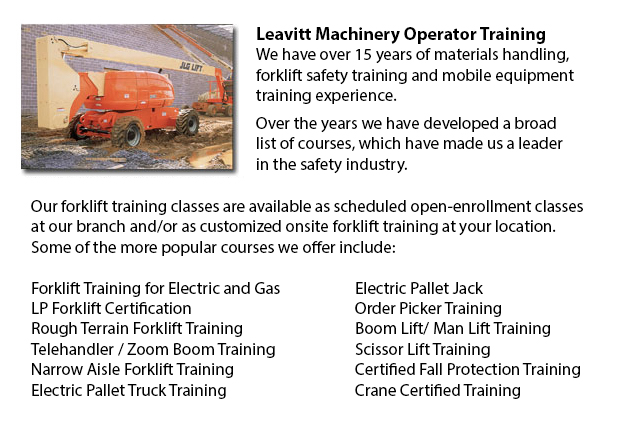
Aerial Boom Lift Ticket Scottsdale - Aerial hoists can accommodate various tasks involving high and tricky reaching places. Often utilized to execute daily maintenance in structures with elevated ceilings, prune tree branches, elevate burdensome shelving units or repair phone cables. A ladder could also be utilized for some of the aforementioned tasks, although aerial lifts provide more security and strength when correctly used.
There are several versions of aerial platform lifts available on the market depending on what the task needed involves. Painters often use scissor aerial hoists for instance, which are grouped as mobile scaffolding, useful in painting trim and reaching the 2nd story and higher on buildings. The scissor aerial jacks use criss-cross braces to stretch out and extend upwards. There is a table attached to the top of the braces that rises simultaneously as the criss-cross braces elevate.
Container trucks and cherry pickers are another kind of aerial hoist. They contain a bucket platform on top of a long arm. As this arm unfolds, the attached platform rises. Platform lifts use a pronged arm that rises upwards as the handle is moved. Boom hoists have a hydraulic arm which extends outward and elevates the platform. Every one of these aerial platform lifts have need of special training to operate.
Training courses presented through Occupational Safety & Health Association, acknowledged also as OSHA, cover safety techniques, system operation, upkeep and inspection and device load capacities. Successful completion of these training courses earns a special certified license. Only properly qualified individuals who have OSHA operating licenses should drive aerial platform lifts. The Occupational Safety & Health Organization has developed guidelines to uphold safety and prevent injury when utilizing aerial lift trucks. Common sense rules such as not utilizing this apparatus to give rides and ensuring all tires on aerial platform lifts are braced so as to prevent machine tipping are observed within the rules.
Sadly, data expose that more than 20 aerial lift operators pass away each year when operating and almost ten percent of those are commercial painters. The majority of these incidents were brought on by improper tie bracing, for that reason a few of these might have been prevented. Operators should make certain that all wheels are locked and braces as a critical safety precaution to prevent the instrument from toppling over.
Other rules include marking the surrounding area of the device in an obvious manner to safeguard passers-by and to guarantee they do not approach too close to the operating machine. It is vital to ensure that there are also 10 feet of clearance between any power cables and the aerial lift. Operators of this apparatus are also highly recommended to always have on the proper security harness while up in the air.
-
Crane Certification Scottsdale
Crane Certification Scottsdale - The Crane Certification Program consists of the industry suggested subject matter that would teach the efficient and safe operation of cranes. The person would train in the following: pre-operational, operational and... More -
Heavy Equipment Operator Training Scottsdale
Heavy Equipment Operator Training Scottsdale - Heavy equipment operator training facilities that provide good standards within the business, offering field performance tasks and additional equipment training are really sought after training features.... More -
Heavy Equipment Training School Scottsdale
Heavy Equipment Training School Scottsdale - HEO or the heavy equipment operator courses would provide you with the skills and knowledge required so as to enter the workforce as an entry level heavy equipment operator. In this twelve week course plus... More -
Crane Operator Classes Scottsdale
Crane Operator Classes Scottsdale - For the operators and the supervisors, current and new, the crane operator training course is suitable for all. Course content deals with applicable federal, provincial and state safety regulations. The training's... More -
Forklift Operator Certification Scottsdale
Forklift Operator Certification Scottsdale - Certification for forklifts are required to guarantee the safe operation of forklifts for those employers in warehouse, construction and industrial environments. The training needs to involve a method of e... More -
Crane Training Schools Scottsdale
Crane Training Schools Scottsdale - Our different programs for Mobile Crane Operation are meant for skilled operators who needs certification or re-certification, and for inexperienced people who are searching for their very first job as an operator... More -
Aerial Boom Lift Training Scottsdale
Aerial Boom Lift Training Scottsdale - Aerial Boom Lift Training is necessary for any individual who supervises, operates or works near boom lifts. This particular type of aerial lift or aerial work platform is utilized for lifting individuals, mater... More -
Telehandler Training Scottsdale
Telehandler Training Scottsdale - Telescopic handlers often known as telehandlers for short, are an extremely popular piece of heavy construction equipment. They are widely used in the construction and agricultural industries. These equipments have f... More

Forklift Training Scottsdale
TOLL FREE: 1-888-254-6157
Scottsdale, Arizona
forkliftcertificationscottsdale.com
Email Us
About Us


